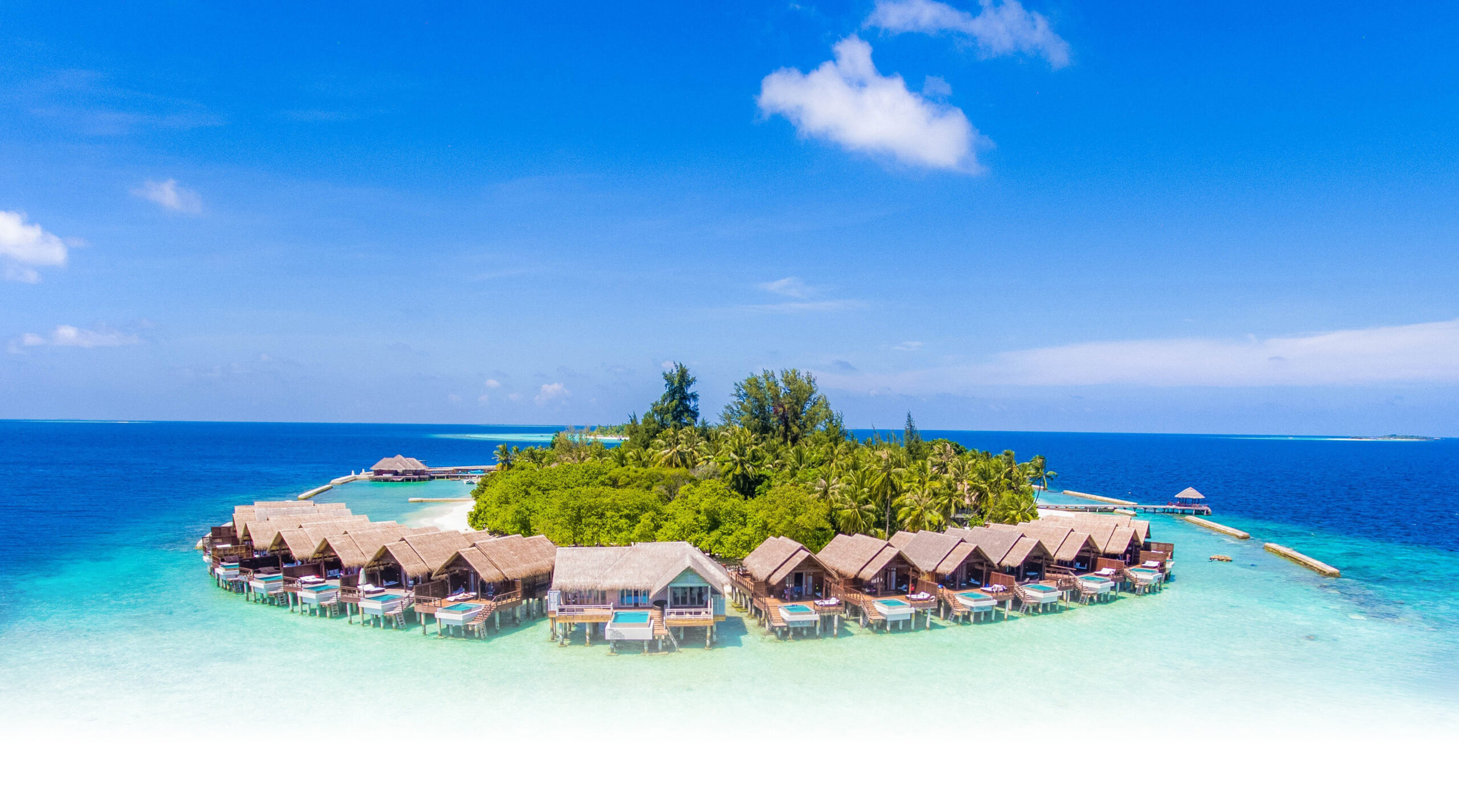France2 visited Lily Beach Resort & Spa recently to witness first-hand how the tourism industry is faring during the COVID-19 pandemic. The main message of the news segment was an optimistic one, highlighting how the hospitality industry has been recovering in recent months, with a consistent flow of tourists coming to the resorts.
The stringent measures are taken by all stakeholders; from the Ministry of Tourism, immigration authorities, and the resorts have allowed the industry to keep operating as normally as possible and even increasing momentum over time. Both the geographic disposition of the country and the ‘one-island-one-resort’ concept help to mitigate any pandemic related issues because each resort only hosts its staff and guests at any given time, and with prior negative PCR tests.
Also read: German Singer Sarah Lombardi Holidays at Lily Beach Resort
Patrice Aira, Lily Beach’s General Manager and a French national, commented that tourists are willing to come to the Maldives because it is regarded as one of the safest destinations in the world. A holiday in the Maldives offers a week or two respite from the stress and worry associated with months of the pandemic and corresponding lockdowns.
France2 also interviewed a tourist who mirrored the sentiment of many tourists travelling during this festive period. From the comments of said tourist interviewed in the segment, it is apparent that many tourists are happy to relax on a sunny island getaway over the end of year holidays to escape the harsh winter season happening in their respective home countries.

No matter the reasoning, the Maldives is always happy to welcome tourists. The news segment also showed that many local Maldivians directly working at the resort and others who are indirectly benefiting from the industry depend on the good flow of tourists coming to the country for their livelihoods.
Ms Angélique Forget, who is one of the main journalists spearheading this fact-finding expedition to the beautiful sandy shores of the Maldives, noted that the industry welcomed 500,000 tourists to the country in 2020. This was a great outcome given that the pandemic is still on-going. She noted that the tourism ministry and other such authorities are hoping for “an explosion of reservations for 2021”.
- To view the video segment in French on France2’s website, click HERE.
- To view the video segment in English on France24’s website, click HERE.
Lily Beach Resort & Spa is an award-winning, 5-star all-inclusive resort set in the natural beauty of the Maldives. Located on Huvahendhoo Island in the South Ari Atoll, Lily is a short 25-minute flight by seaplane from the capital Malé and Velana International Airport.
This proximity, as well as its reputation for being the pioneer of all-inclusive tourism, make it a sought-after destination. An encompassing Platinum plan, delicious and diverse food options, updated COVID-19 safety procedures, and a variety of leisure and sporting activities create the perfect resort for couples and families alike.







